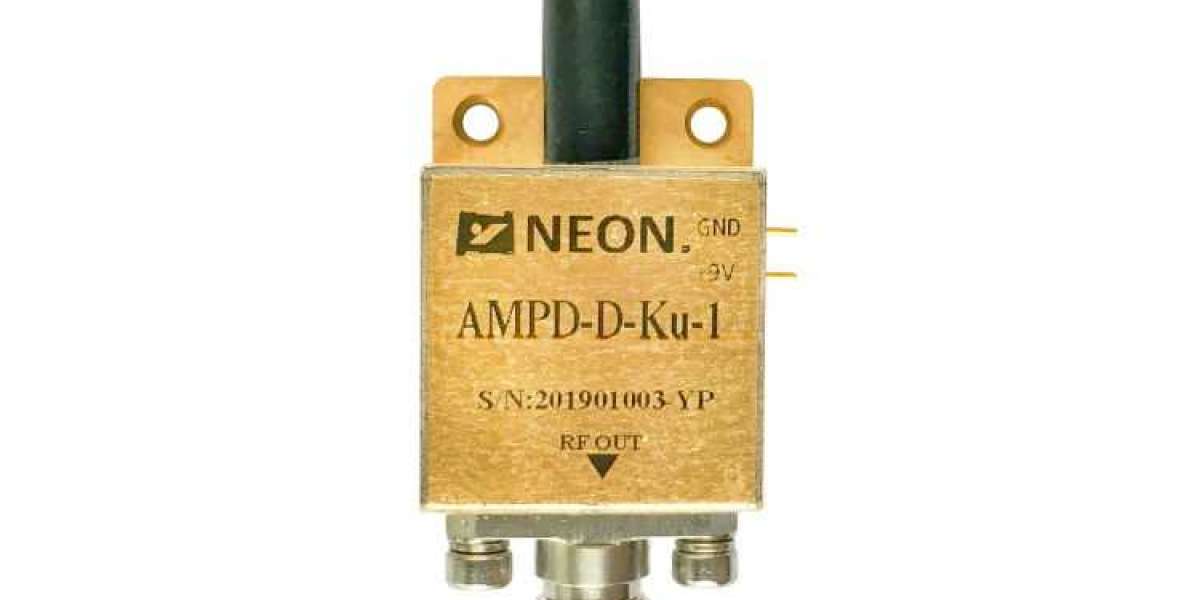P-i-n-type photodiodes contain thicker depletion layers than traditional p-n-type photodiodes, which can capture carriers more effectively, leading to higher quantum efficiency, reduced capacitance, and wider detection bandwidth.
InGaAs p-i-n diodes can be employed when the wavelength is around 1700 nm (or the spectrum exceeds 2600 nm), however the price is greater (especially if the active area is large). Diodes made of germanium p-i-n are another choice.
The bandwidths of the fastest p-i-n photodiodes are in the tens of GHz range. For use as receivers in fiber-optic communications, several of these diodes can be manufactured in fiber-coupled form.
How should I pick my PIN photodiode?
A photodetector's wavelength range, detecting speed, incident spot size, sensitivity, and other options are available when purchasing one. Making a decent detector choice can be aided by knowledge of photodiode operation.
Depending on our needs, we can use photodetectors made of various materials. For instance, silicon photodiodes are a good option for the visible light or near-infrared band. Germanium photodiodes or indium gallium arsenide photodiodes can be employed for communication bands of 1300nm or 1550nm. The quantum efficiency and responsiveness of the detector will also be influenced by the material characteristics of the detector and the design of the load circuit.
The detector's detecting area, which also impacts noise and speed, is determined by the size of the incident light spot. As a result, using the experimental settings and the performance parameters offered by the device, we may determine whether the device satisfies the requirements and choose or even custom a detector that does so.








